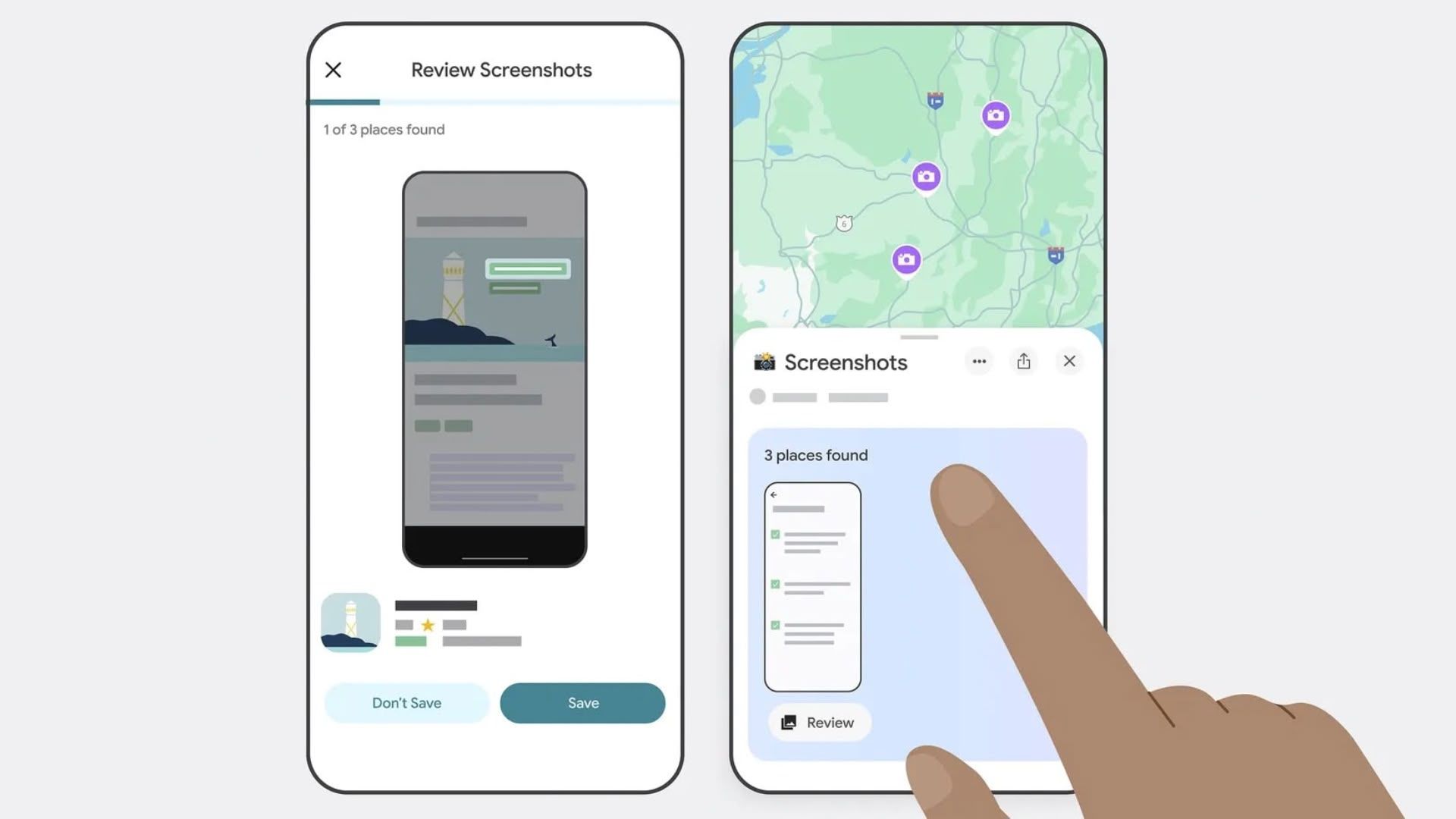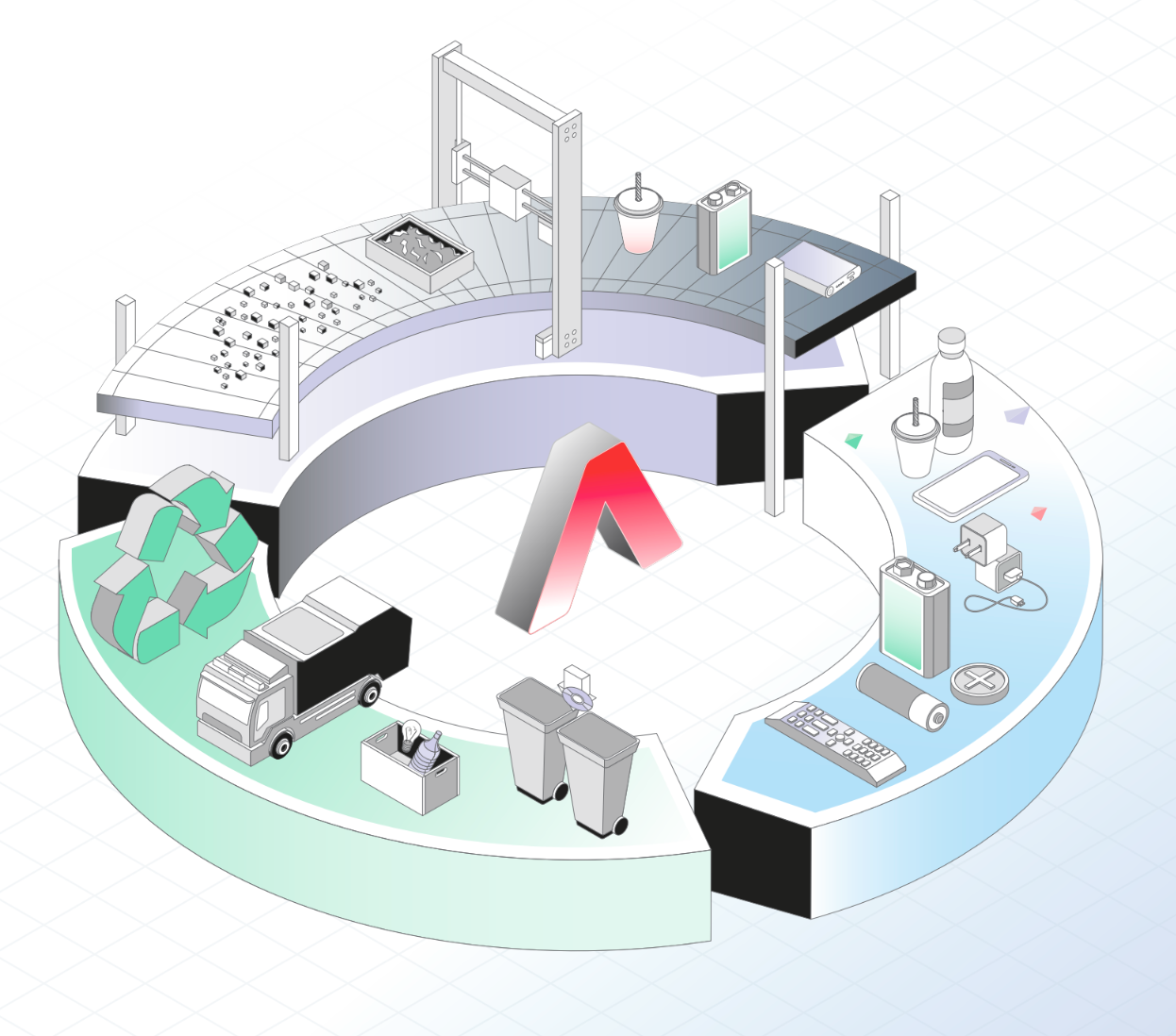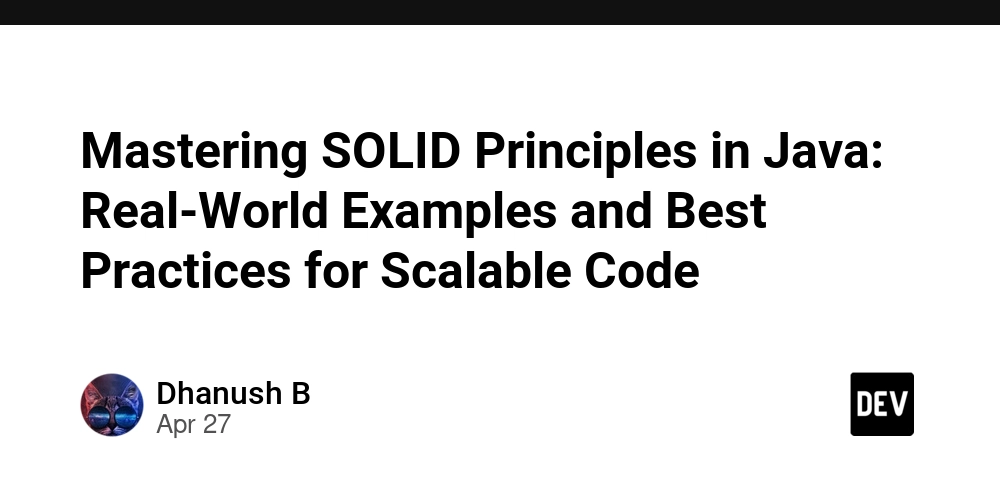Innovative Strategies for Open Source Project Funding: A Comprehensive Guide
Abstract: This post explores various open source project funding strategies and examines their evolution, core concepts, applications, challenges, and future trends. We discuss methods such as sponsorship and donations, crowdfunding, dual licensing, paid services, foundations and grants, and the freemium model. Through real-world examples and a technical yet accessible approach, this guide offers insight into sustainable funding models that can help maintain the growth and innovation of open source software. Learn more about funding open source projects and the interplay of these models via GitHub Sponsors and Open Collective. Introduction Open source software (OSS) forms the backbone of innovation in today’s digital world. These projects, driven by collaboration and community contributions, have become critical for organizations and individual developers alike. However, sustaining open source projects remains a challenge that demands creative and diverse funding strategies. This post examines various approaches—from sponsorship and donations to dual licensing and paid services—and discusses their effectiveness, challenges, and future scope. Whether you are a developer, administrator, or enthusiast, understanding these funding strategies is essential for long-term sustainability in the open source ecosystem. Background and Context Open source projects began as grassroots endeavors with passionate contributors working collaboratively. Over time, as industries increasingly rely on OSS for server infrastructures, development tools, and applications, the need for financial stability has grown. Early on, funding was primarily through volunteer efforts and community donations. Today, however, innovative methods have emerged to support and sustain these projects. Key Definitions: Open Source Software (OSS): Software released under licenses that promote free access, modification, and redistribution. Sponsorship and Donations: Financial support provided by corporations or individuals to maintain OSS development. Dual Licensing: A model where OSS is released under two licenses—one free and one commercial—to generate revenue. Crowdfunding: Raising funds directly from a community that values the project, often offering incentives and early access to features. Historically, initiatives such as the Apache Software Foundation have set precedence by providing infrastructure and administrative support. Similarly, foundations like Mozilla Foundation have stepped forward to support projects that align with their vision for a free and open internet. As the OSS ecosystem matured, it also began integrating digital fundraising mechanisms through platforms like GitHub Sponsors and Open Collective. Core Concepts and Features OSS funding strategies are diverse and each approach offers unique benefits and overlaps. Below, we discuss several core funding methods in detail: Sponsorship and Donations Sponsorship and Donations are among the most popular funding strategies. Many projects depend on the generosity of both large corporations and the individual community. Modern platforms such as GitHub Sponsors allow developers to receive financial support directly, while platforms like Open Collective help aggregate donations and provide transparency. Key benefits of this model include: Community Ownership: Contributors feel a sense of responsibility and pride. High Visibility: Projects with significant usage usually attract more sponsors. Flexibility: Donations can come in various forms, from one-time contributions to recurrent support. Crowdfunding Crowdfunding leverages the power of small contributions from a large number of people. Platforms like Kickstarter and Patreon foster community engagement by offering early access, special updates, or exclusive perks in exchange for financial support. This approach is particularly useful for new projects or major upgrades requiring immediate funding while building a dedicated user base. Dual Licensing The dual licensing model allows projects to offer their software under an open source license while also providing an alternative commercial license for businesses that need added features or support. This model has been successfully applied by projects such as MySQL and is further detailed in the dual licensing approach. The revenue generated from commercial licenses helps fund the open source version and ensures continuous development. Offering Paid Services Many projects have broadened their revenue streams beyond software sales by offering paid services like consulting, custom development, technical support, or training. Companies, such as Red Hat, exemplify the success of this model by leveraging their expertise around an open source product rather than the software itself. This allows for the continued development of free, open software while generating revenue through exp

Abstract:
This post explores various open source project funding strategies and examines their evolution, core concepts, applications, challenges, and future trends. We discuss methods such as sponsorship and donations, crowdfunding, dual licensing, paid services, foundations and grants, and the freemium model. Through real-world examples and a technical yet accessible approach, this guide offers insight into sustainable funding models that can help maintain the growth and innovation of open source software. Learn more about funding open source projects and the interplay of these models via GitHub Sponsors and Open Collective.
Introduction
Open source software (OSS) forms the backbone of innovation in today’s digital world. These projects, driven by collaboration and community contributions, have become critical for organizations and individual developers alike. However, sustaining open source projects remains a challenge that demands creative and diverse funding strategies. This post examines various approaches—from sponsorship and donations to dual licensing and paid services—and discusses their effectiveness, challenges, and future scope. Whether you are a developer, administrator, or enthusiast, understanding these funding strategies is essential for long-term sustainability in the open source ecosystem.
Background and Context
Open source projects began as grassroots endeavors with passionate contributors working collaboratively. Over time, as industries increasingly rely on OSS for server infrastructures, development tools, and applications, the need for financial stability has grown. Early on, funding was primarily through volunteer efforts and community donations. Today, however, innovative methods have emerged to support and sustain these projects.
Key Definitions:
- Open Source Software (OSS): Software released under licenses that promote free access, modification, and redistribution.
- Sponsorship and Donations: Financial support provided by corporations or individuals to maintain OSS development.
- Dual Licensing: A model where OSS is released under two licenses—one free and one commercial—to generate revenue.
- Crowdfunding: Raising funds directly from a community that values the project, often offering incentives and early access to features.
Historically, initiatives such as the Apache Software Foundation have set precedence by providing infrastructure and administrative support. Similarly, foundations like Mozilla Foundation have stepped forward to support projects that align with their vision for a free and open internet. As the OSS ecosystem matured, it also began integrating digital fundraising mechanisms through platforms like GitHub Sponsors and Open Collective.
Core Concepts and Features
OSS funding strategies are diverse and each approach offers unique benefits and overlaps. Below, we discuss several core funding methods in detail:
Sponsorship and Donations
Sponsorship and Donations are among the most popular funding strategies. Many projects depend on the generosity of both large corporations and the individual community. Modern platforms such as GitHub Sponsors allow developers to receive financial support directly, while platforms like Open Collective help aggregate donations and provide transparency. Key benefits of this model include:
- Community Ownership: Contributors feel a sense of responsibility and pride.
- High Visibility: Projects with significant usage usually attract more sponsors.
- Flexibility: Donations can come in various forms, from one-time contributions to recurrent support.
Crowdfunding
Crowdfunding leverages the power of small contributions from a large number of people. Platforms like Kickstarter and Patreon foster community engagement by offering early access, special updates, or exclusive perks in exchange for financial support. This approach is particularly useful for new projects or major upgrades requiring immediate funding while building a dedicated user base.
Dual Licensing
The dual licensing model allows projects to offer their software under an open source license while also providing an alternative commercial license for businesses that need added features or support. This model has been successfully applied by projects such as MySQL and is further detailed in the dual licensing approach. The revenue generated from commercial licenses helps fund the open source version and ensures continuous development.
Offering Paid Services
Many projects have broadened their revenue streams beyond software sales by offering paid services like consulting, custom development, technical support, or training. Companies, such as Red Hat, exemplify the success of this model by leveraging their expertise around an open source product rather than the software itself. This allows for the continued development of free, open software while generating revenue through expert services.
Foundations and Grants
Foundations are organized entities that provide support and infrastructure for OSS projects. The Apache Software Foundation, for example, provides not only financial assistance but also a collaborative framework that supports long-term viability. Additionally, grants from governmental or philanthropic institutions have become an essential source of funding. For instance, the Mozilla Foundation regularly offers grants for projects that meet its mission to keep the internet free and accessible. More details on this approach can be found in discussions about open source grants for developers.
Freemium Model
In the freemium model, the core version of the software remains free and open source, while advanced features or additional services are offered as premium options. This strategy strikes a balance between open source accessibility and monetization, providing incentives for users who require enhanced functionality. Projects like Elastic demonstrate the effectiveness of this method by retaining a free core while generating revenue from premium offerings.
Comparative Overview: Funding Strategies Table
Below is a table that summarizes the key features of various funding models for open source projects:
| Funding Strategy | Key Features | Examples | Benefits |
|---|---|---|---|
| Sponsorship & Donations | Community-driven, recurring or one-time support | GitHub Sponsors, Open Collective | Builds community trust, flexible contributions |
| Crowdfunding | Direct financial support from users through platforms | Kickstarter, Patreon | Engages a wide audience, validates concept |
| Dual Licensing | Dual model: free open source plus commercial license | MySQL, see also dual licensing approach | Continuous revenue via commercial support |
| Paid Services | Monetizes expertise with consulting, support | Red Hat | Diversifies income without altering open source ethos |
| Foundations & Grants | Organizational backing, infrastructure and grant funding | Apache Foundation, Mozilla Foundation | Stability and mission-aligned support |
| Freemium Model | Free usage with premium add-ons and services | Elastic | Encourages widespread use with monetization on advanced features |
Applications and Use Cases
Below are a few practical examples of how these funding strategies work in the real world:
Case Study: Sponsorship via GitHub Sponsors
A popular open source project may use GitHub Sponsors to receive monthly donations from both hobbyists and large companies. This sponsorship model not only provides consistent funds but also raises the project’s profile within the industry. This model has been successfully adopted by numerous projects that rely on community philanthropy.Case Study: Crowdfunding a New Feature
When a project requires a major update or the development of a new feature, developers may launch a crowdfunding campaign on platforms like Kickstarter. Offering early access and premium support as incentives helps build a community of enthusiastic backers, which in turn secures the necessary funding.
For more nuanced strategies, check out the perspective in supporting open source projects – the power of donations.Case Study: Dual Licensing to Support Continued Development
A project that has reached widespread industry adoption might implement dual licensing. Companies that benefit extensively from the OSS can opt for the commercial license available under this model, which provides them with additional customer support, warranties, or exclusive features. The revenue derived from this model finances ongoing development efforts and helps maintain the open source flavor of the project.
Challenges and Limitations
Despite the progress made in funding open source projects, several challenges remain:
- Sustainability of Donations: Relying solely on donations can be unpredictable. Financial support often fluctuates, and projects may face periods of revenue shortfalls.
- Balancing Free and Commercial Offerings: In dual licensing, maintaining a balance between open source and commercial offerings can be complex. Companies must ensure that the free version remains competitive while still offering compelling reasons for commercial purchase.
- Administrative and Operational Overhead: Establishing and running a foundation or managing crowdfunding campaigns require administrative and operational efforts that may divert time away from core development.
- Regulatory and Tax Implications: Sponsorship and crowdfunding require careful legal structuring to comply with tax regulations and international funding laws.
- Community Fragmentation: Monetization strategies may lead to disputes within the community, especially if changes in licensing or revenue models are perceived as inconsistent with open source values.
These challenges continue to drive innovation in funding models while highlighting the importance of adopting a diversified strategy.
Future Outlook and Innovations
The future of open source funding appears promising, with emerging trends poised to address current challenges and unlock new possibilities:
- Blockchain Integration: The integration of blockchain technology could streamline the process of tracking contributions and automating sponsorship payments through decentralized platforms. This ensures transparency and creates immutable records of all transactions. For example, exploring blockchain-based solutions for open source funding is gaining momentum via open source funding with blockchain.
- Tokenization and NFTs: Some modern initiatives are leveraging NFTs and tokenized assets to create a new form of funding that not only provides revenue but also grants ownership stakes or royalties to contributors. This innovation offers a powerful alternative for monetizing open source contributions.
- Enhanced Donor Incentive Models: Developing additional recognition systems and improved reward programs can help incentivize both small and major donors. These systems may include contributor badges, priority support, or even voting rights in project governance.
- Hybrid Funding Models: By combining multiple strategies—such as crowdfunding with paid services or dual licensing with sponsorship—a hybrid funding model can provide greater financial resilience and reduce the risk associated with any single approach.
- Government and Nonprofit Partnerships: As the significance of OSS grows for national infrastructure and cybersecurity, partnerships with government entities and nonprofits could become more common, ensuring that essential projects receive funding even when market conditions are unstable.
For further insights on decentralized funding models, you might also find value in reading How to sponsor open source projects on GitHub: A Comprehensive Guide.
Key Takeaways
Here is a bullet list summarizing key takeaways from this post:
- Diversify Funding: Using multiple funding strategies increases overall financial sustainability.
- Balance Openness and Monetization: Ensure that commercialization does not compromise the core open source values.
- Engage the Community: Maintain transparency and foster community trust through regular updates and recognition.
- Innovate Continuously: Monitor emerging trends (blockchain, NFTs) to leverage new revenue channels.
- Plan for Challenges: Proactively manage regulatory, administrative, and community challenges to create a robust funding model.
Summary
In summary, the financial sustainability of open source projects is critical for ensuring ongoing innovation and security in our increasingly digital world. This post has examined a variety of funding strategies—from sponsorship and donations to crowdfunding, dual licensing, paid services, foundations and grants, and the freemium model. Each approach offers unique benefits accompanied by its own set of challenges.
Future trends point toward innovative solutions like blockchain integration, tokenization, and hybrid funding models that hold the potential to transform the open source funding landscape. By embracing a mixture of these strategies, developers and organizations can secure better support for their projects while remaining true to the open source ethos.
For those seeking a more in-depth understanding of these financial models, further reading on topics such as open source sponsorship and donations for open source projects is recommended. Additionally, the dual licensing model, as explored in the dual licensing approach, continues to be a vital source of income for widely used projects.
As the open source ecosystem evolves, sustaining projects through stable funding models becomes more than an operational necessity—it is a key component in nurturing innovation, ensuring software sustainability, and empowering the collaborative spirit that drives technology forward.
By leveraging diverse funding strategies, including platforms like GitHub Sponsors and Open Collective, alongside exploring novel avenues such as blockchain-based fundraising and tokenized revenue, open source projects can continue to thrive in an ever-changing technological landscape.
For additional perspective on these developments, explore further discussions on open source monetization challenges, strategies, and future trends and insights from the community on supporting open source projects through donations.
Conclusion
Funding open source projects requires a strategic, multi-pronged approach that fosters community engagement, leverages new technologies, and supports sustainable growth. In this post, we highlighted key funding strategies—including sponsorships, crowdfunding, dual licensing, paid services, foundations, grants, and the freemium model—and discussed the challenges that come with each method. Looking forward, innovations like blockchain integration and tokenization are set to redefine the funding landscape and empower developers to secure the necessary resources.
By understanding these strategies and continuously adapting to emerging trends, stakeholders in the open source ecosystem can ensure that their projects not only survive but flourish as essential tools for innovation in the digital age. Maintaining a balance between open access and financial viability is paramount in preserving the free and collaborative spirit of open source software.
Whether you are contributing to your first OSS project or are a seasoned developer looking for innovative funding models, embracing these strategies will help support sustainable development and foster long-term success.
Stay informed, get involved, and help build a future where open source remains a cornerstone of technological innovation.









































































































































































![[The AI Show Episode 146]: Rise of “AI-First” Companies, AI Job Disruption, GPT-4o Update Gets Rolled Back, How Big Consulting Firms Use AI, and Meta AI App](https://www.marketingaiinstitute.com/hubfs/ep%20146%20cover.png)










































































































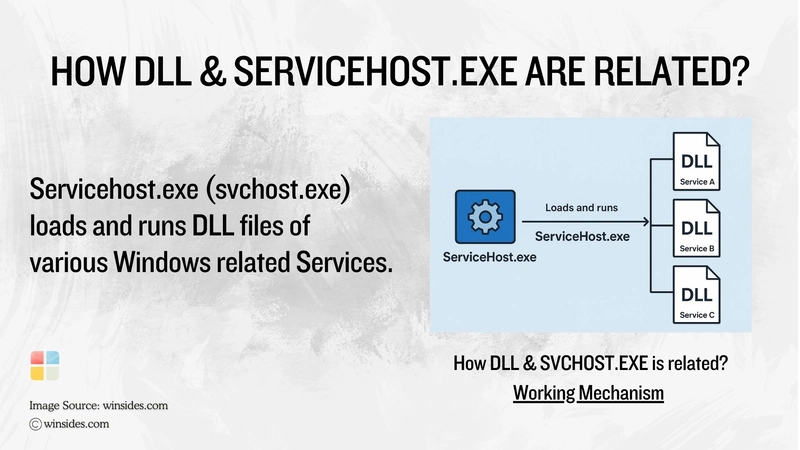
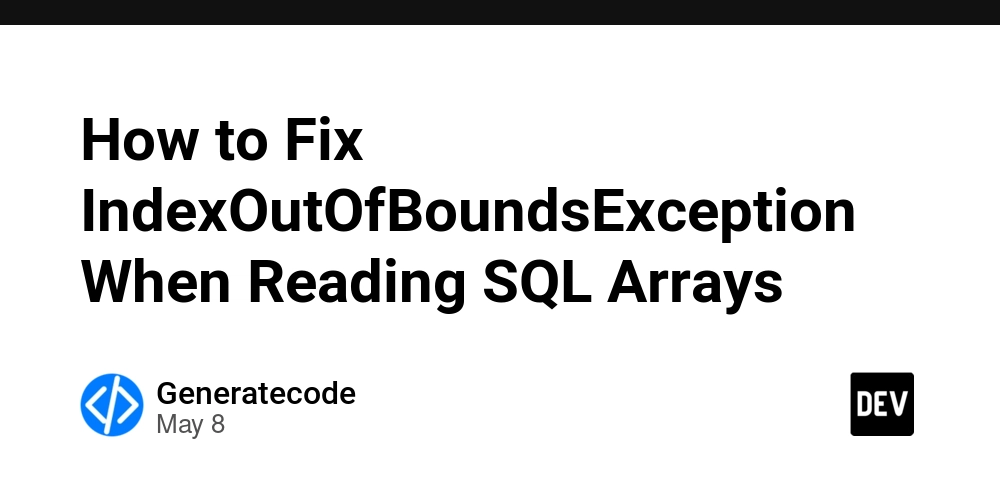













![[DEALS] The Premium Python Programming PCEP Certification Prep Bundle (67% off) & Other Deals Up To 98% Off – Offers End Soon!](https://www.javacodegeeks.com/wp-content/uploads/2012/12/jcg-logo.jpg)







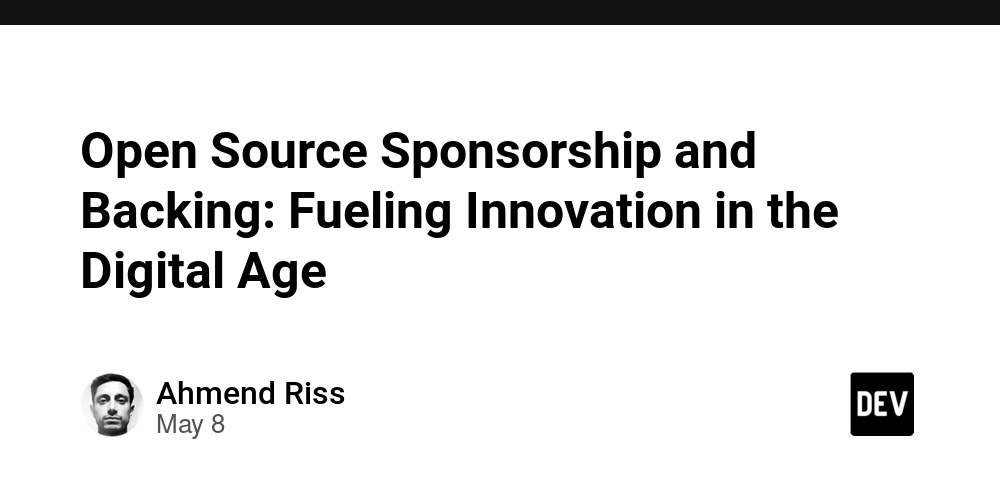









































































































































































































































![Honor 400 series officially launching on May 22 as design is revealed [Video]](https://i0.wp.com/9to5google.com/wp-content/uploads/sites/4/2025/05/honor-400-series-announcement-1.png?resize=1200%2C628&quality=82&strip=all&ssl=1)













![Beats Studio Pro Wireless Headphones Now Just $169.95 - Save 51%! [Deal]](https://www.iclarified.com/images/news/97258/97258/97258-640.jpg)












































